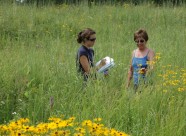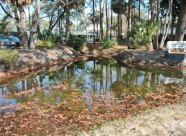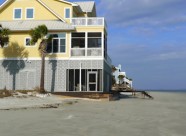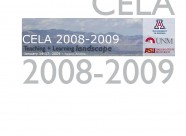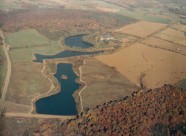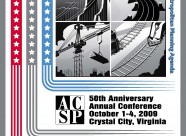Author: Sarah Rigard
To this date, little research has been done evaluating the quality of wildlife habitat provided by open space in residential areas. Quality wildlife habitat for the purposes of this study is defined as those areas which contain the physical and biological characteristics necessary to support native wildlife species of the region. This thesis critiqued a wildlife habitat assessment method used in a nationwide study of residential open space for the purpose of better understanding the research conducted by the study and to inform similar, future habitat evaluations of landscapes altered by human activity to accommodate residential land use. The methodology critiqued was a low resolution, habitat based, rapid assessment. The methodology provided information on the ecological function of the open space in each development and related that information to individual wildlife species needs to provide an estimation of habitat quality. However, an increase in sampling frequency and additional data collection would have improved the assessment.
Rigard, Sarah, “Critique of a Wildlife Habitat Evaluation Method Applied to Residential Open Space” (2010). All Graduate Theses and Dissertations. Paper 643. http://digitalcommons.usu.edu/etd/643
